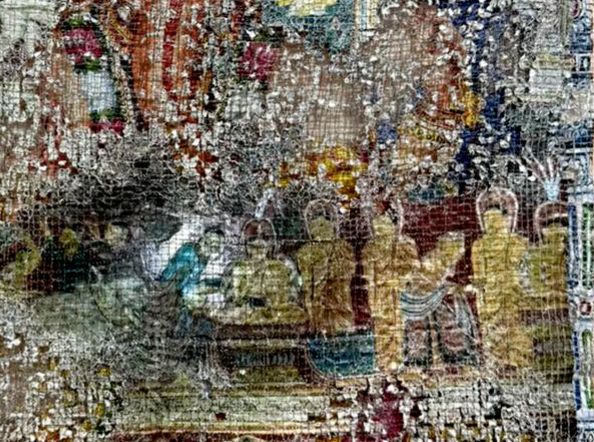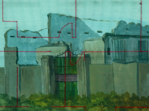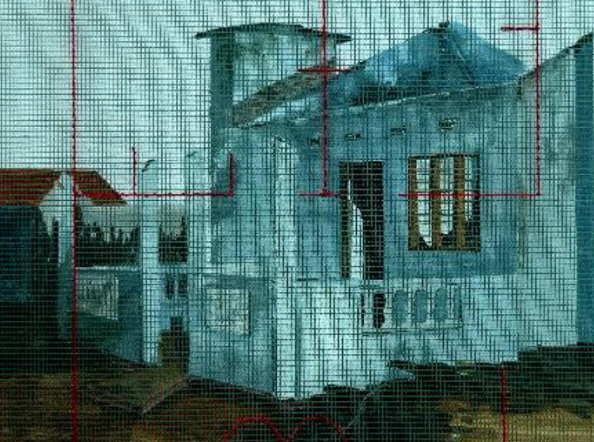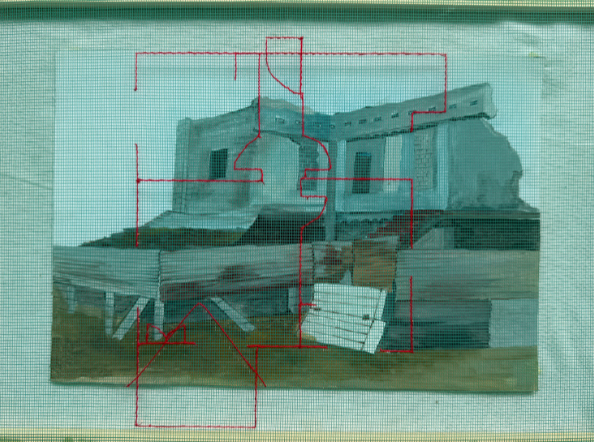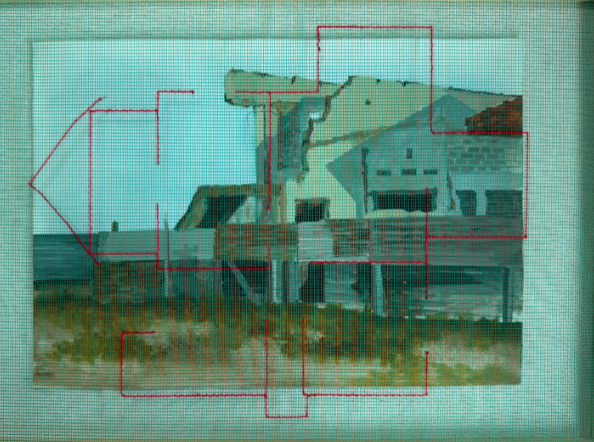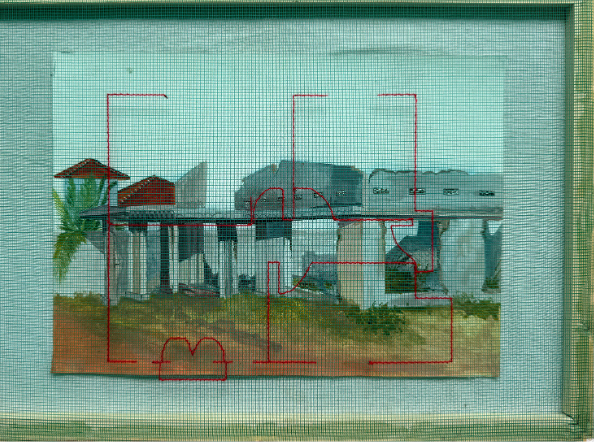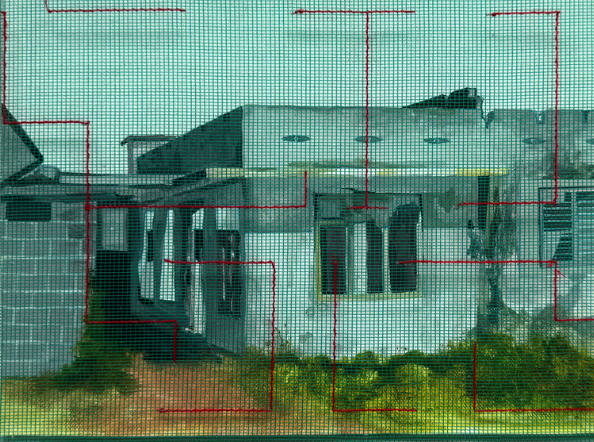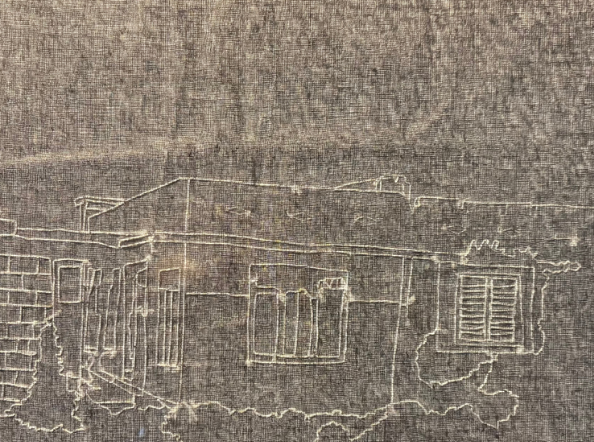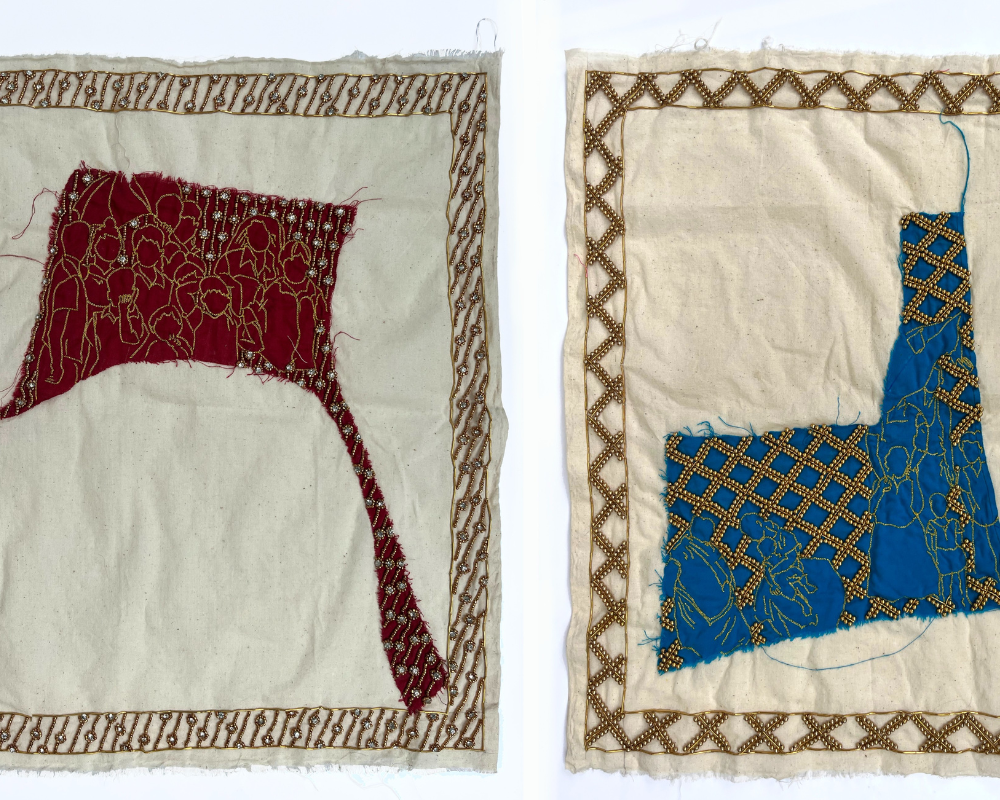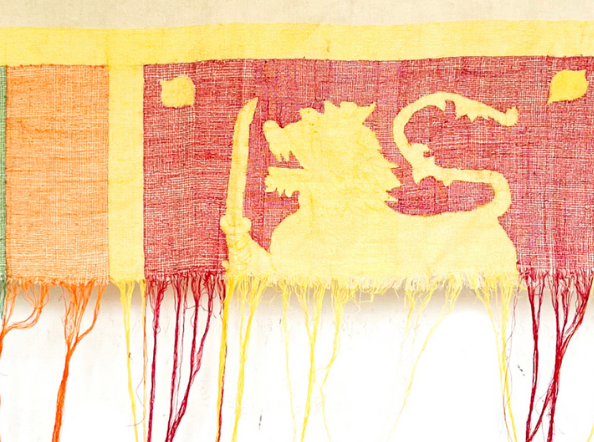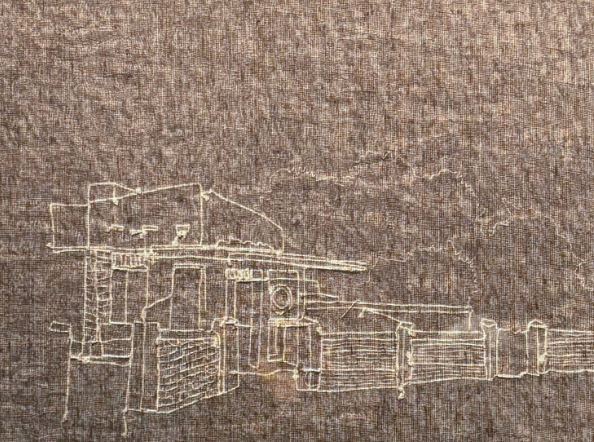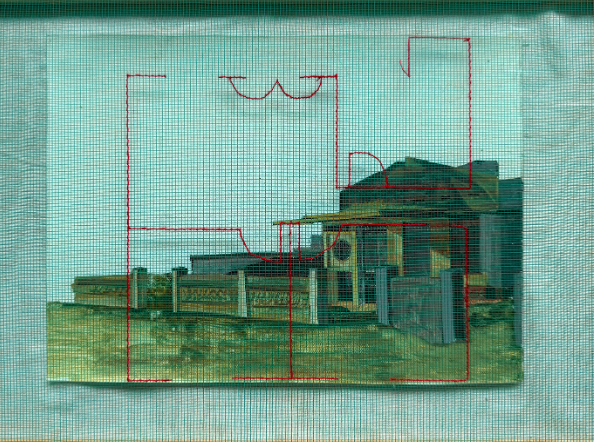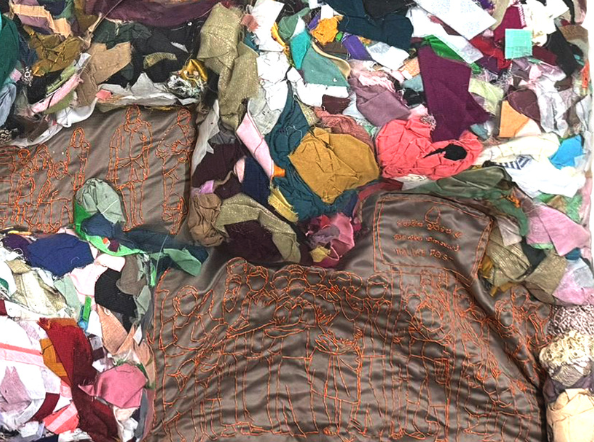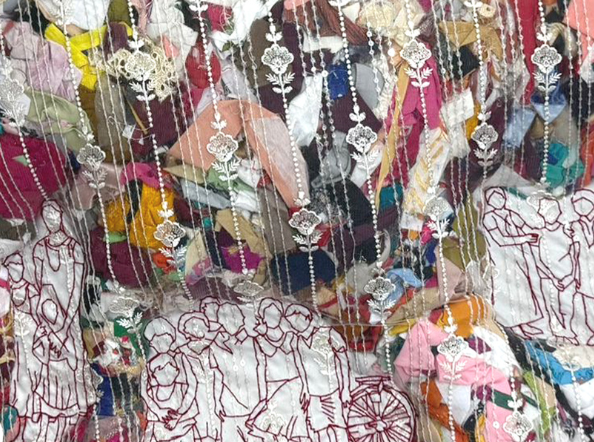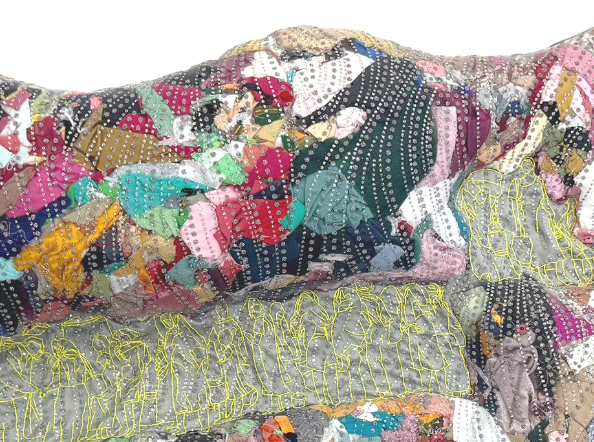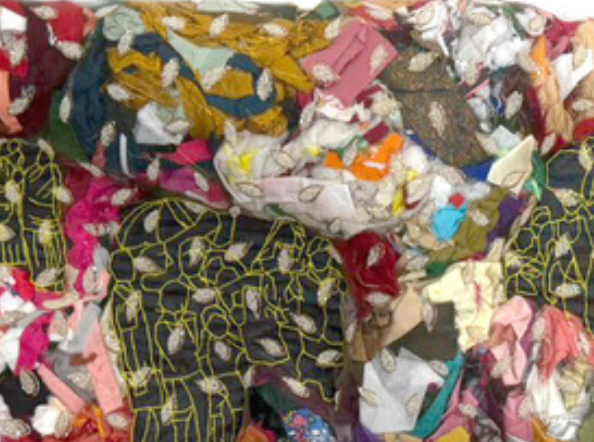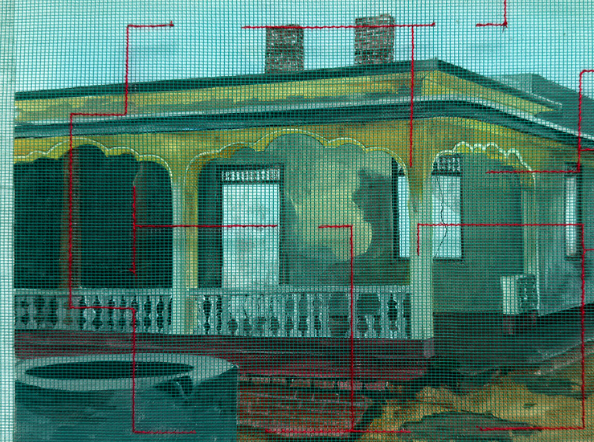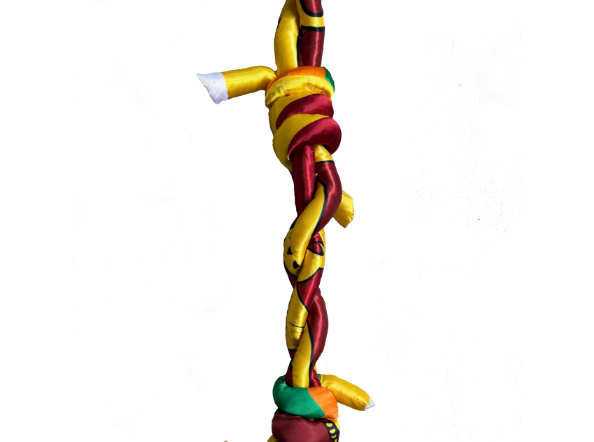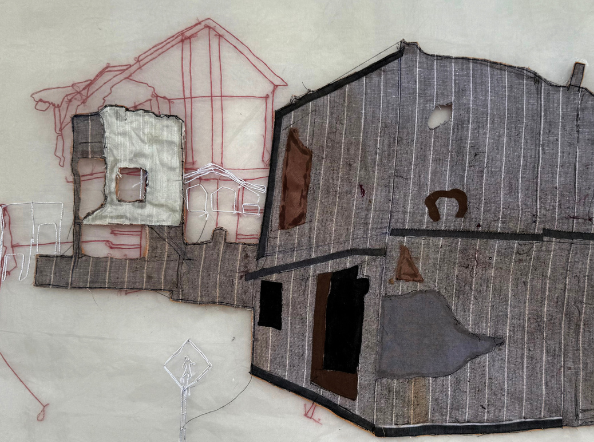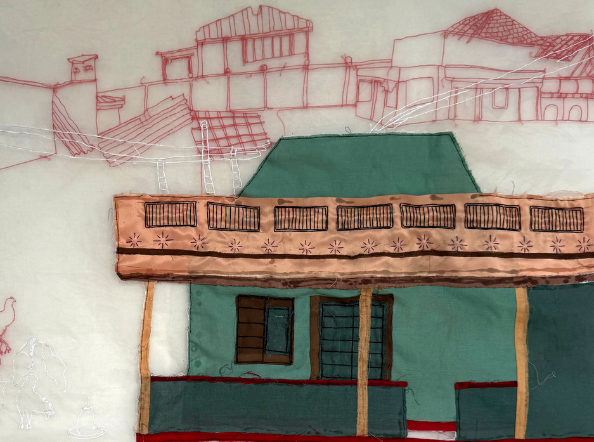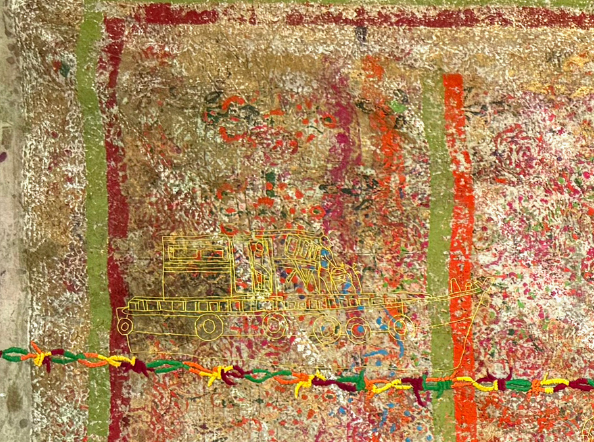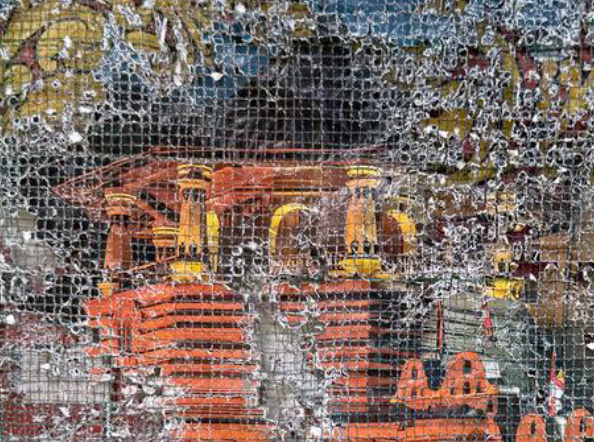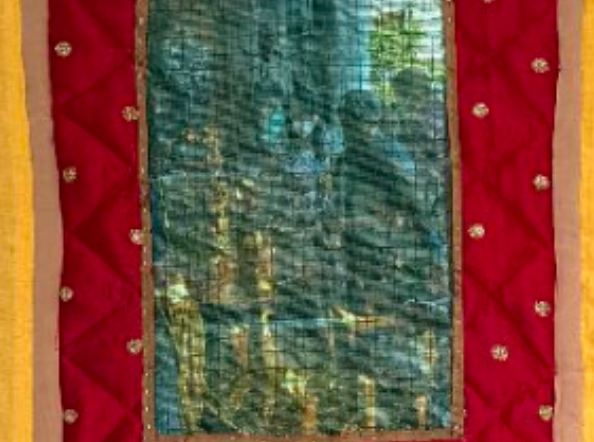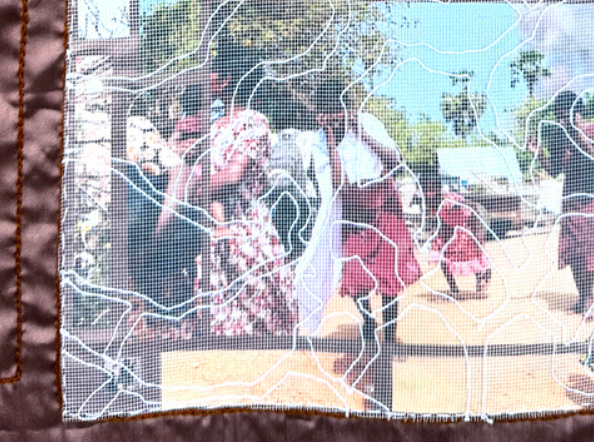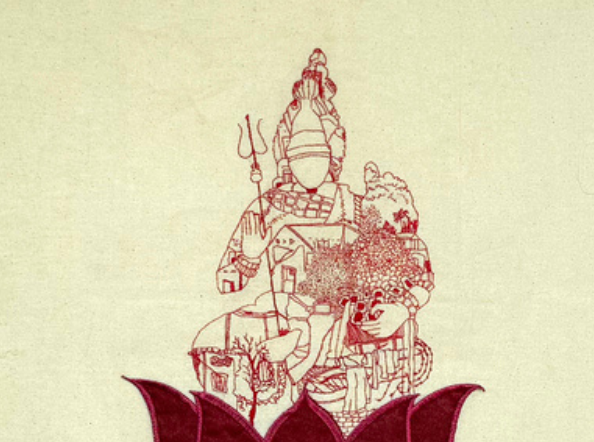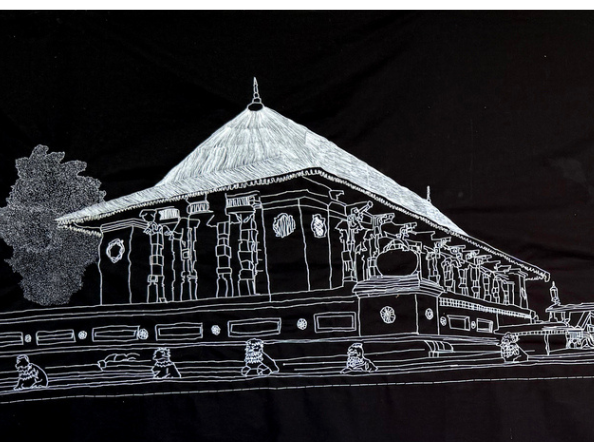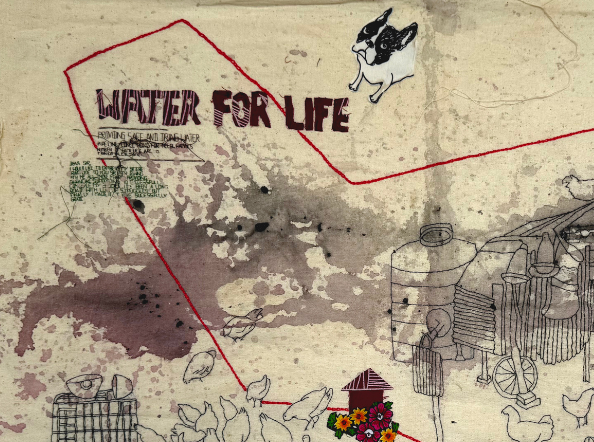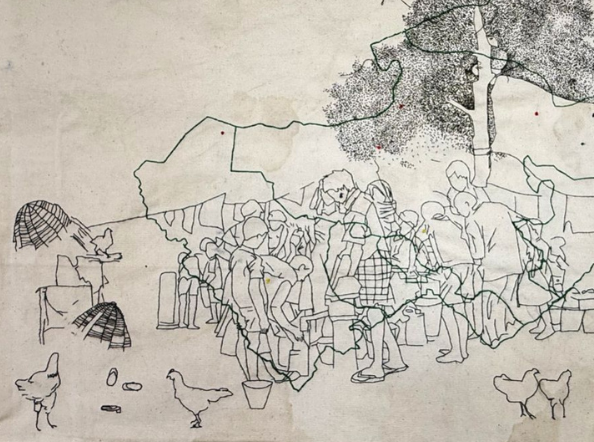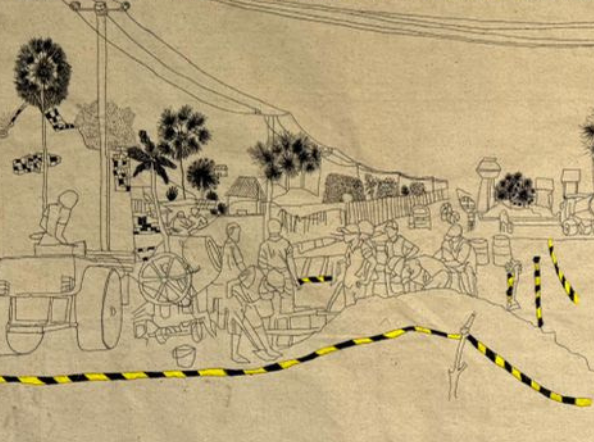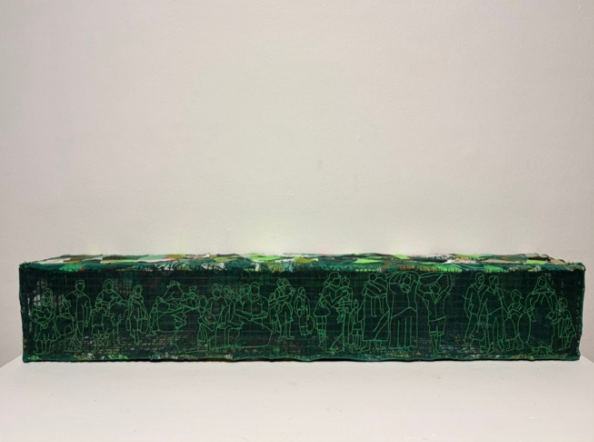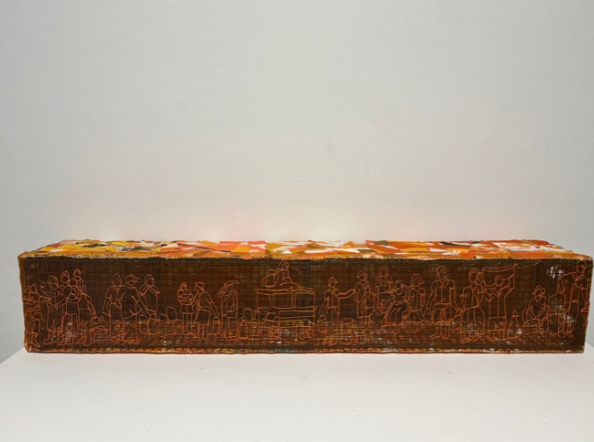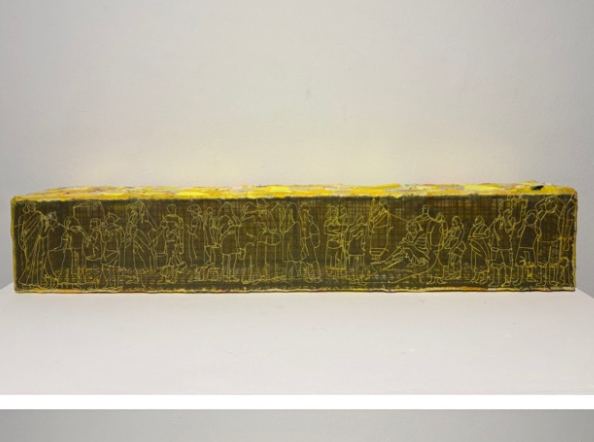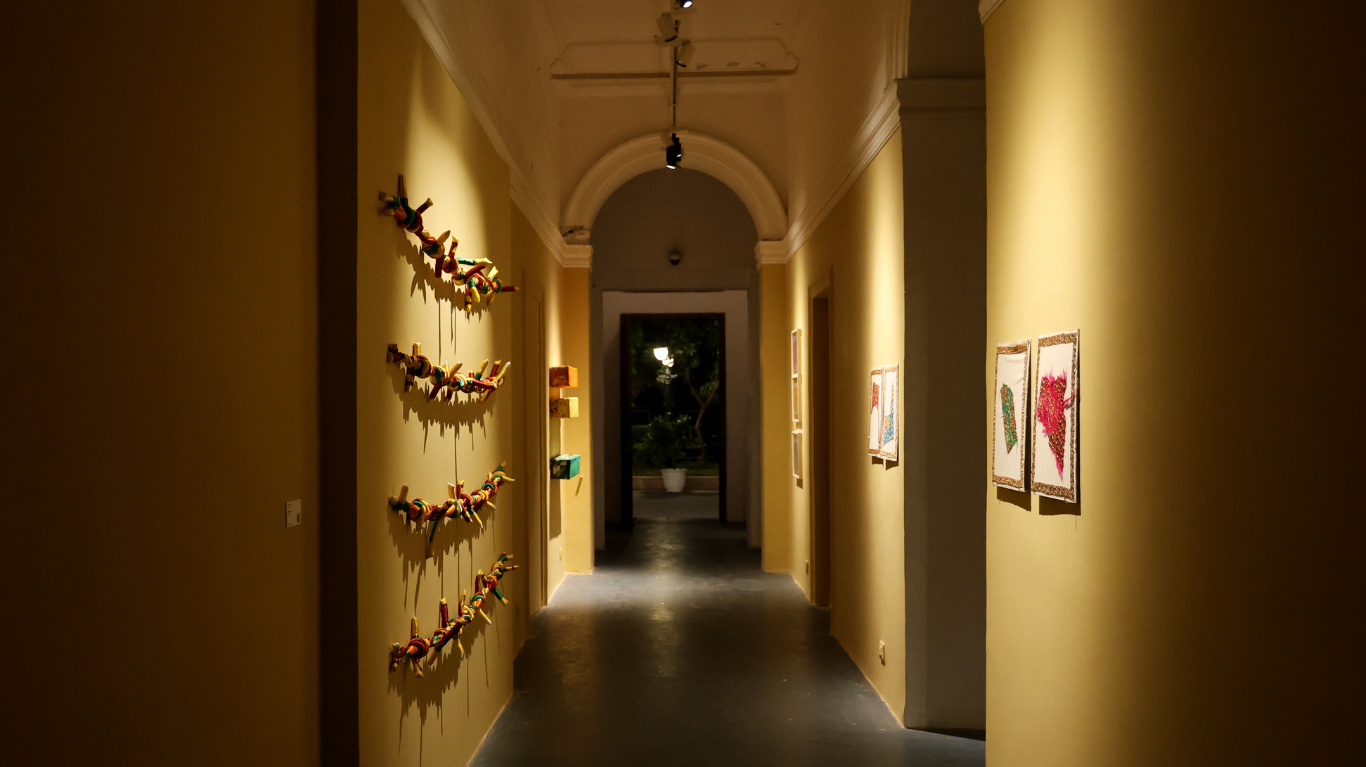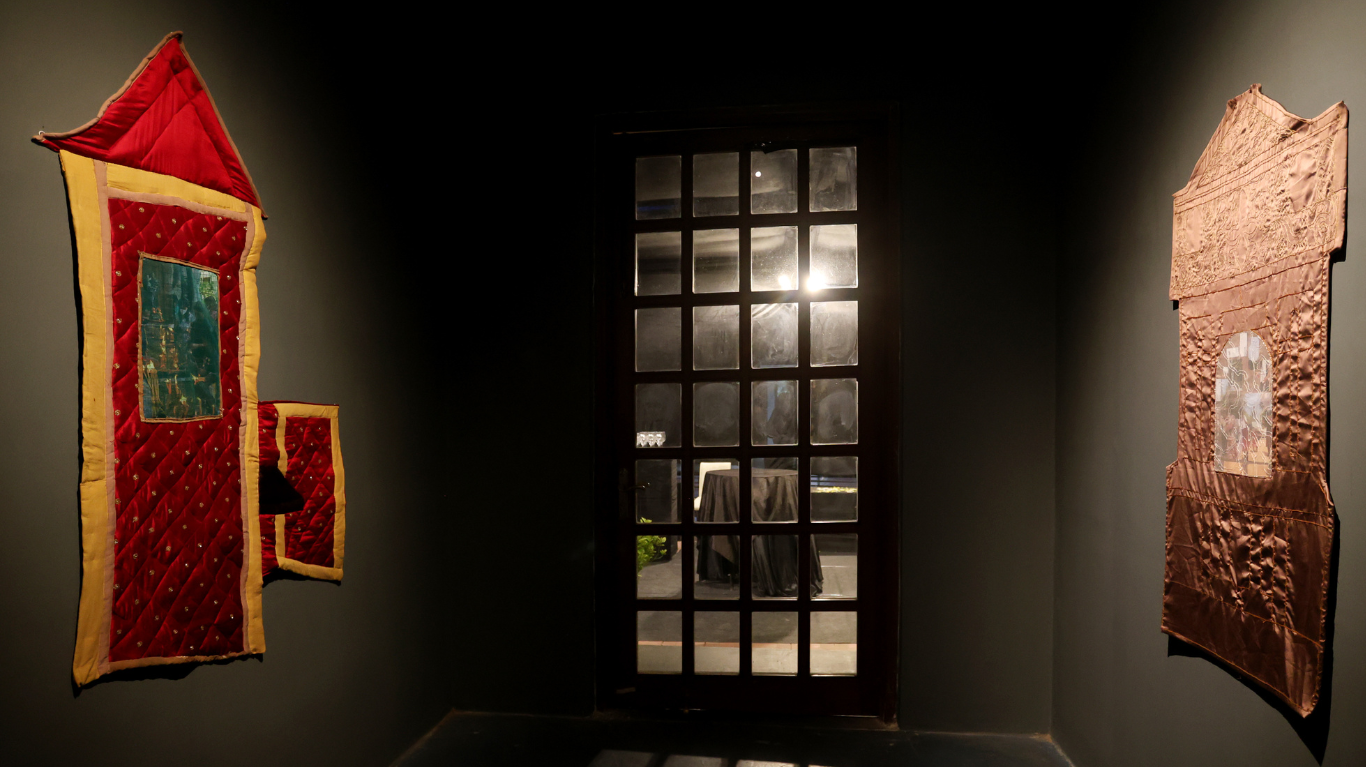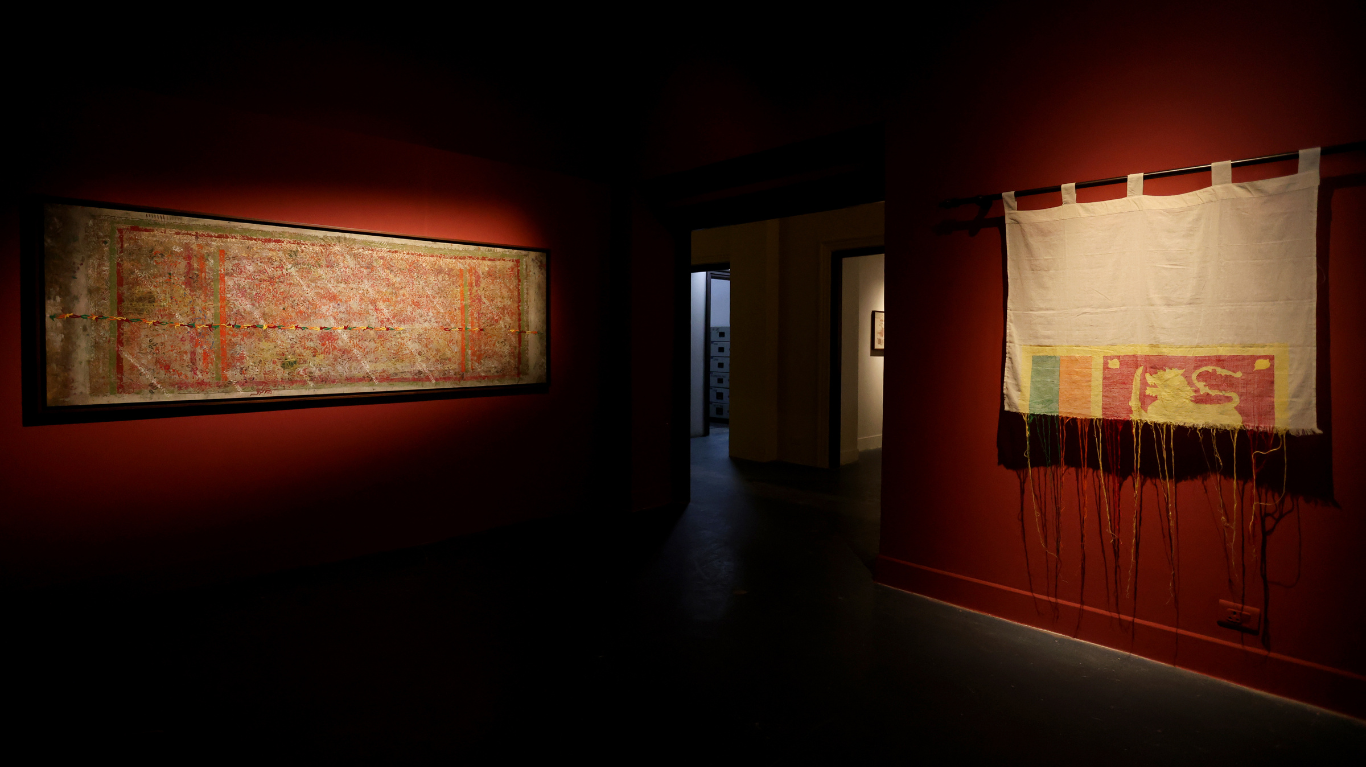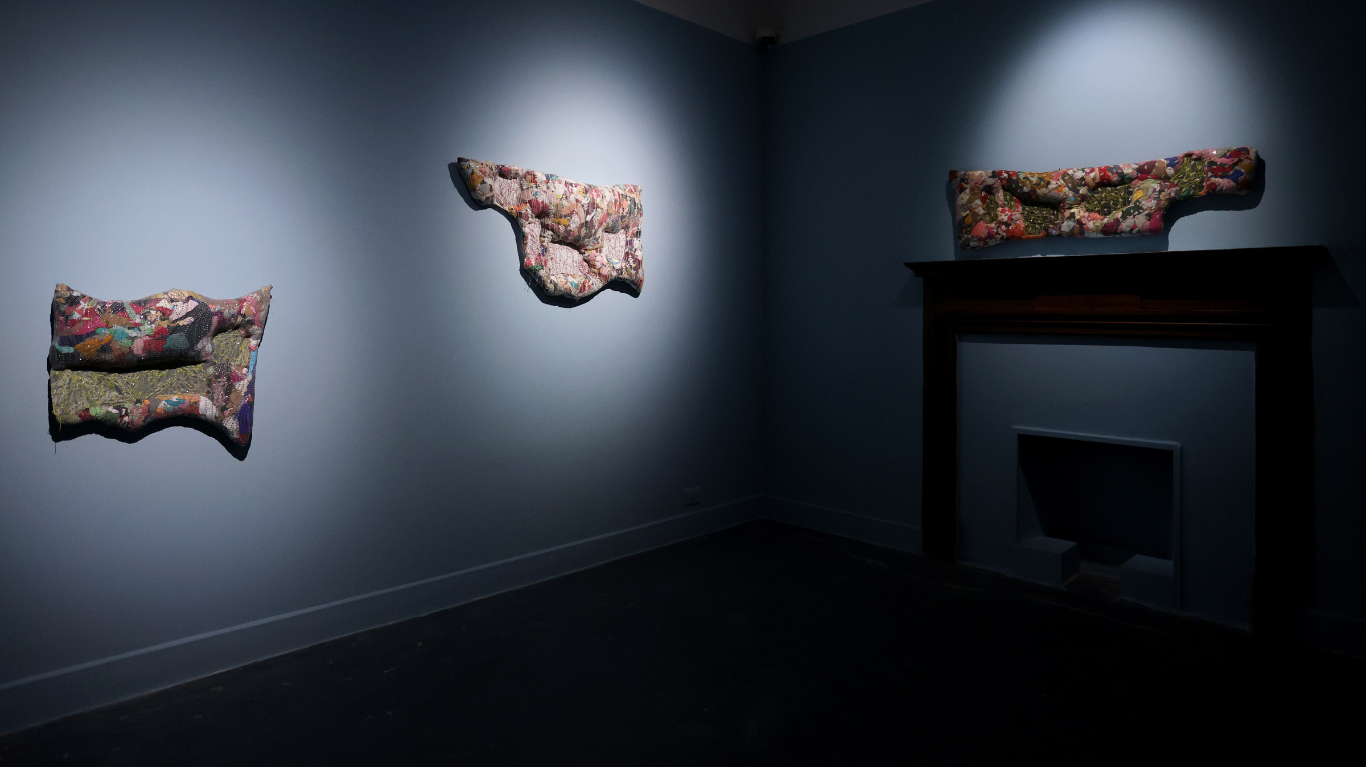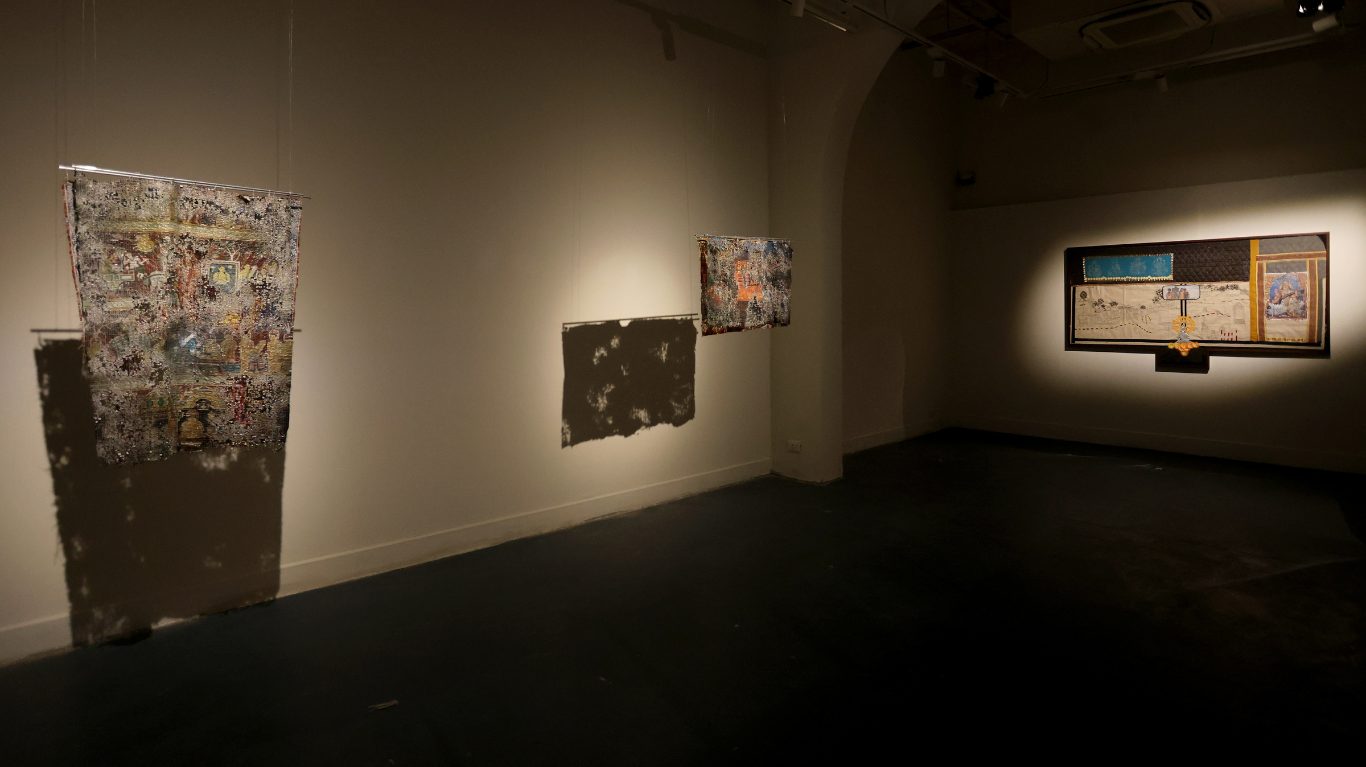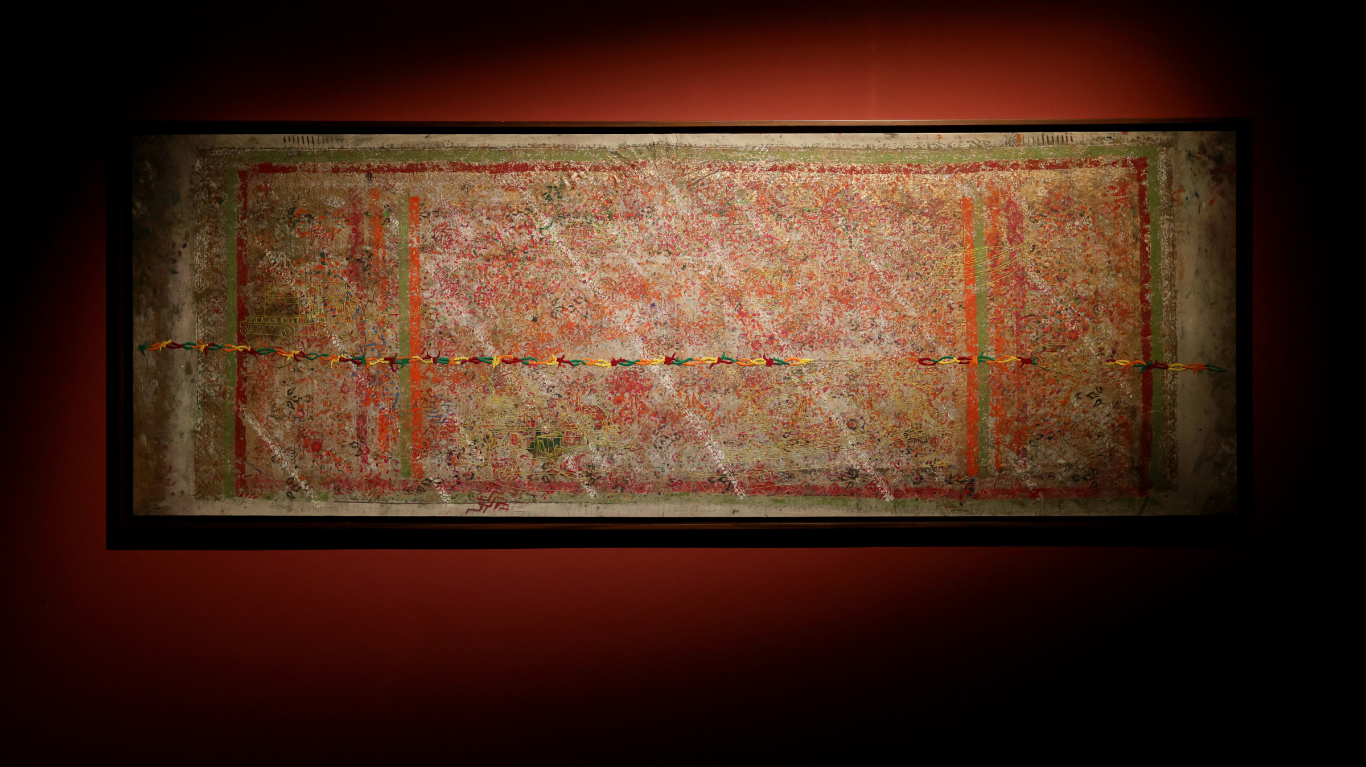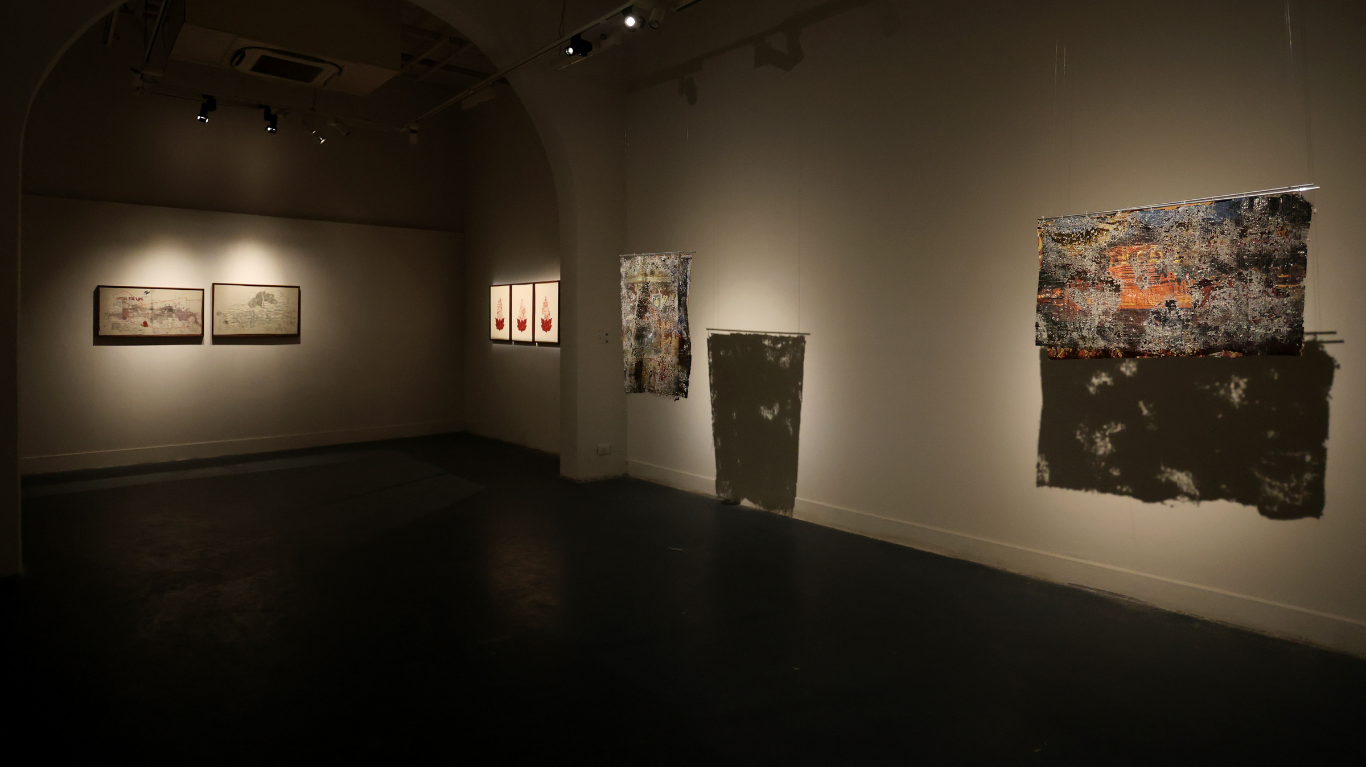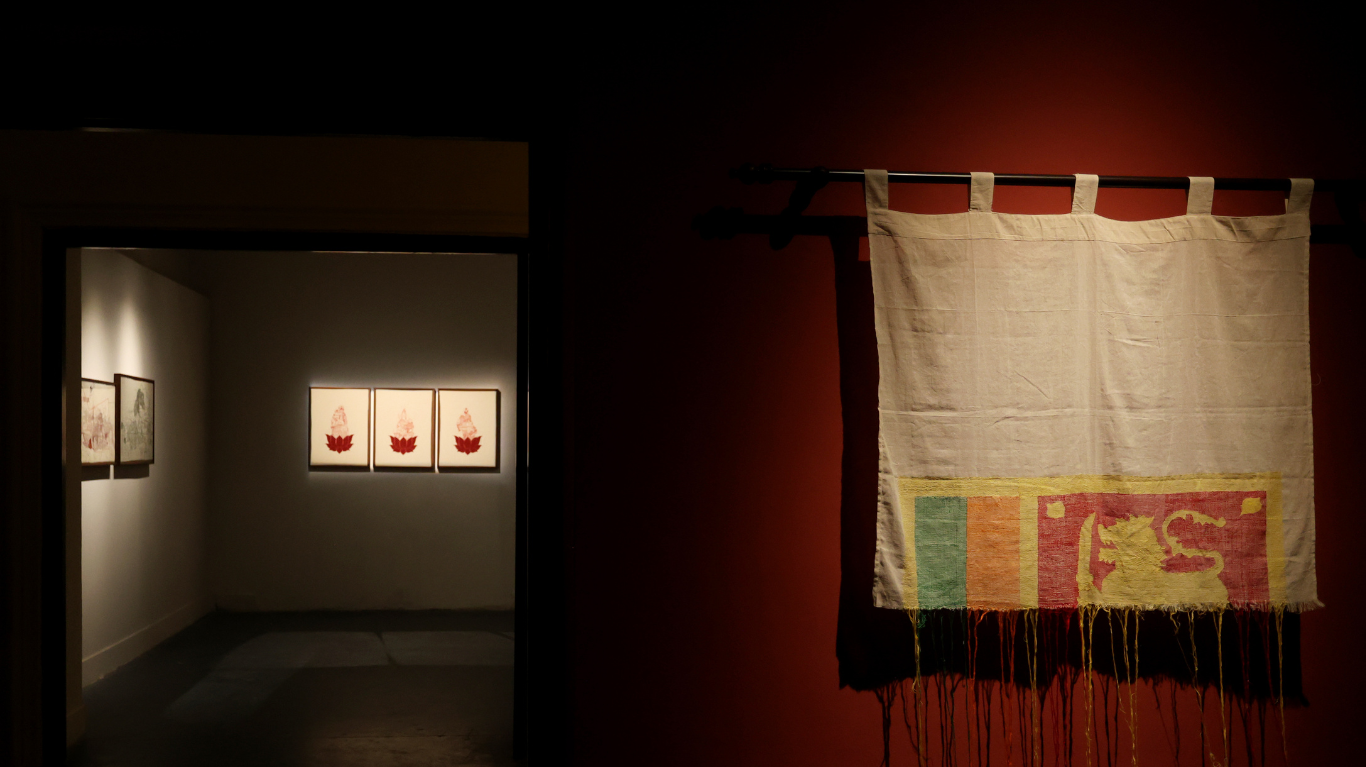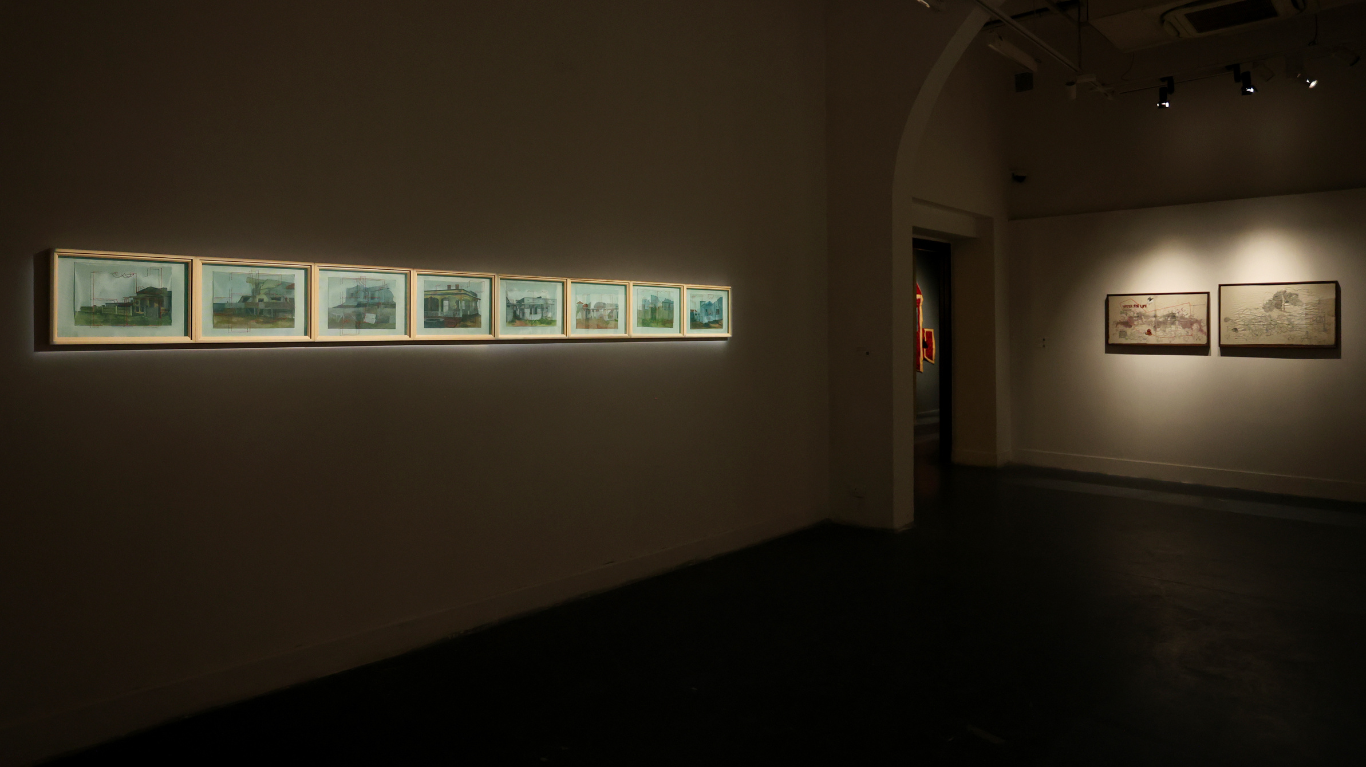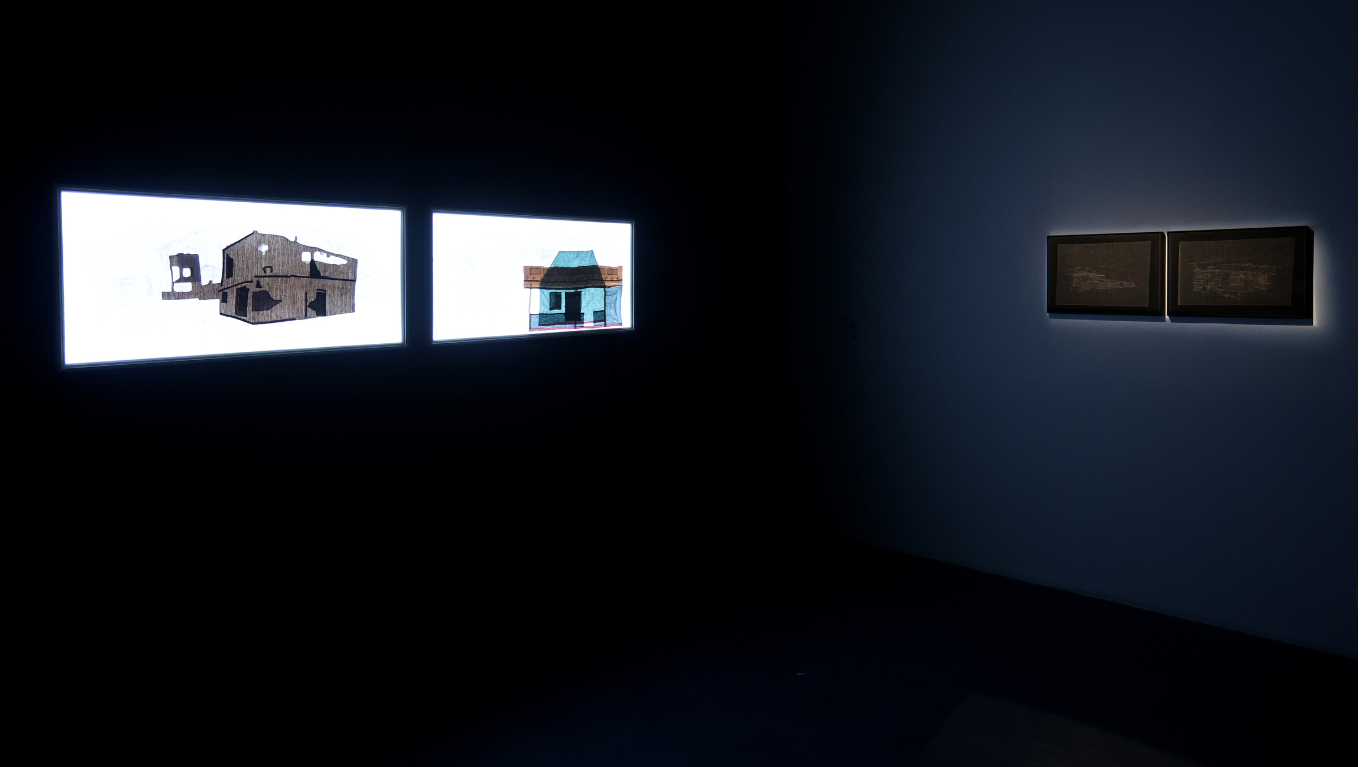-
Exhibitions
- Homes Wrapped in Cloth, Borders Raised In Flags |
Hema Shironi
-
![Fragments of the Sacred, 2025]() Fragments of the Sacred, 2025
Fragments of the Sacred, 2025
-
![They Need To Break and Mend (iii), 2025]() They Need To Break and Mend (iii), 2025
They Need To Break and Mend (iii), 2025
-
![They Need To Break and Mend (i), 2025]() They Need To Break and Mend (i), 2025
They Need To Break and Mend (i), 2025
-
![They Need To Break and Mend (viii), 2025]() They Need To Break and Mend (viii), 2025
They Need To Break and Mend (viii), 2025
-
![They Need To Break and Mend (vi), 2025]() They Need To Break and Mend (vi), 2025
They Need To Break and Mend (vi), 2025
-
![They Need To Break and Mend (v), 2025]() They Need To Break and Mend (v), 2025
They Need To Break and Mend (v), 2025
-
![They Need To Break and Mend (iv), 2025]() They Need To Break and Mend (iv), 2025
They Need To Break and Mend (iv), 2025
-
![Grey House (ii), 2025]() Grey House (ii), 2025
Grey House (ii), 2025
-
![Pack your Belonging, Leaving Soon, 2024]() Pack your Belonging, Leaving Soon, 2024
Pack your Belonging, Leaving Soon, 2024
-
![Faded; Should be Respectfully Retired and Replaced with New Ones, 2024]() Faded; Should be Respectfully Retired and Replaced with New Ones, 2024
Faded; Should be Respectfully Retired and Replaced with New Ones, 2024
-
![Grey House (i), 2025]() Grey House (i), 2025
Grey House (i), 2025
-
![They Need To Break and Mend (vii), 2025]() They Need To Break and Mend (vii), 2025
They Need To Break and Mend (vii), 2025
-
![A Lost of House (iv), 2025]() A Lost of House (iv), 2025
A Lost of House (iv), 2025
-
![A Lost of House (iii), 2025]() A Lost of House (iii), 2025
A Lost of House (iii), 2025
-
![A Lost of House (ii)]() A Lost of House (ii)
A Lost of House (ii)
-
![A Lost of House (i)]() A Lost of House (i)
A Lost of House (i)
-
![They Need To Break and Mend (ii), 2025]() They Need To Break and Mend (ii), 2025
They Need To Break and Mend (ii), 2025
-
![Fence by Flag, 2025]() Fence by Flag, 2025
Fence by Flag, 2025
-
![In The Shadow if Broken House (ii), 2025]() In The Shadow if Broken House (ii), 2025
In The Shadow if Broken House (ii), 2025
-
![In The Shadow if Broken House (i), 2025]() In The Shadow if Broken House (i), 2025
In The Shadow if Broken House (i), 2025
-
![Each Press Reminds Your Presence, 2025]() Each Press Reminds Your Presence, 2025
Each Press Reminds Your Presence, 2025
-
![A Place I Once Belonged, 2025]() A Place I Once Belonged, 2025
A Place I Once Belonged, 2025
-
![Confessional booth (ii), 2025]() Confessional booth (ii), 2025
Confessional booth (ii), 2025
-
![Confessional booth (i), 2025]() Confessional booth (i), 2025
Confessional booth (i), 2025
-
![Mary, Mari and Maya the mother of….., 2025]() Mary, Mari and Maya the mother of….., 2025
Mary, Mari and Maya the mother of….., 2025
-
![Take Me to The Elephant Pass, 2025]() Take Me to The Elephant Pass, 2025
Take Me to The Elephant Pass, 2025
-
![I Hope For One More Permanent, 2025]() I Hope For One More Permanent, 2025
I Hope For One More Permanent, 2025
-
![The White Mountains and Cage of Fence, 2025]() The White Mountains and Cage of Fence, 2025
The White Mountains and Cage of Fence, 2025
-
![Wheels On The Bus Go Round and Round, 2025]() Wheels On The Bus Go Round and Round, 2025
Wheels On The Bus Go Round and Round, 2025
-
![Kindness, Friendliness, Happiness and Equanimity]() Kindness, Friendliness, Happiness and Equanimity
Kindness, Friendliness, Happiness and Equanimity
-
![Kindness, Friendliness, Happiness and Equanimity]() Kindness, Friendliness, Happiness and Equanimity
Kindness, Friendliness, Happiness and Equanimity
-
![Kindness, Friendliness, Happiness and Equanimity]() Kindness, Friendliness, Happiness and Equanimity
Kindness, Friendliness, Happiness and Equanimity
Homes Wrapped in Cloth, Borders Raised in Flags
Hema Shironi
When Hema Shironi was born in 1991, Sri Lanka was in the midst of what would become a 26-year long civil war. Shironi’s childhood was marked by what came to define her as an artist - her matrilineal heritage of family histories that her grandmother, mother and aunts carried in their hearts, and her father’s unwavering belief in fighting for social justice. The multi-generational traumas of her extended family – displaced out of time and out of place, untethered and unrooted, lost and scattered by the war to the north, south, east and west of Sri Lanka – stayed with her in equal measure with the enduring hopefulness of the human spirit.
Aptly, her practice is a study in patience – stitching, quilting, appliqueing, embroidering, patchworking – meticulously weaving together assimilated narratives of love, loss, motherhood, memory, spirituality and seeking. It symbolises the emotional labour of pushing the limits of materiality in found objects. She imbues them with layers of meaning with the deliberateness of performing rituals of care and solidarity. Through brightly coloured and patterned fabrics, colourful thread, printed paper washed nearly clean of its colour and mesh moulded into grids, she mediates a different narrative. She recalls geographies, borders and boundaries; she confronts the human cost of war; she unearths camouflaged truths; and she contests manufactured lies and wilful blindness.
In “Homes Wrapped in Cloth, Borders Raised in Flags”, Shironi highlights the realities of a fraught past where state and violence were inter-dependent. She aims to expose the illusion that liberation is won without cost. When she sculpts the Sri Lankan flag to create barbed wire – wire used to hold displaced people in camps – she confronts its duplicities. Through the comforting softness and the beautiful colours twisted into a symbol of violence, she untangles notional imaginations of people under one flag and one nation, to expose people trod upon by the weight of a unitary state. The tank – a symbol of state terror – brightly coloured against the emptiness of its background points its gun towards Sri Lanka’s Independence monument. Smothered in flowers, it hides in plain sight. It is a reminder of the possibility of violence that lies in wait, should the people reawaken from their inebriated sleep of an imagined ‘freedom’.
She places objects in contestation as she confronts shadows of truth. In the womb of a confessional she places a landscape of terror. She presents religious fervour as the imagined space of truth, penance and salvation, all the while, hiding its functionality as a tool of oppression. In the tactility of the green mesh, often used in construction to sheild the promise of a new beginning, she frames an image of a cookie-cutter house ‘presented’ to families for the home that was taken away - an attempt at reconciliation in the aftermath of war. She contrasts the detached neutrality of raw materials – wire, sand, bricks, mortar – with the lives that could have peopled it. The house may be occupied but it may never fully recapture the spiritual magic of a home. Instead, it becomes a space drenched in memories of families, neighbours and loves lost, and the terror of being homeless - untethered to place and history.
When she appliques a piece of found art in the form of a mass-produced lotus flower – once used as a politically loaded symbol of peace and prosperity in the south, while war ravaged the north of Sri Lanka – she questions its innocense. She marries it with an outline of a mother and a child, framing within their bodies the ostensible functionality of a claustrophobic displacement camp. In stark contrast, are the left-behind things and signs of existence, ready and willing to be used, but hollow, abandoned and devoid of purpose without people to give them life. While outside this frame is emptiness, inside the frame is ambiguity. There is a conscious territorialisation in how she draws these borders and boundaries of mothers and their sons as they hold the memory of life, land, bombs and desolation on one hand, and the cautious optimism of the future in the other. It is also a sharp political commentary of the frequent use of motherhood in service of agendas of power and nationalism – the purity and glory of ‘Mother Lanka’ all the while masking the specific traumas of women affected by war.
In “Homes Wrapped in Cloth, Borders Raised in Flags”, Shironi presents us with an argument that there are heirarchies to histories, memories and identities in the afterlife of a war. The artist’s own struggle to place herself and her lived experience in the multi-generational histories of others, forces reflection on the universality of the Sri Lankan experience. Together with her, she prompts her audience to engage with many truths, many histories and many experiences of Tamilness and Sinhalaness that go beyond any single narrative – beyond territories and boundaries, and structures and frames.
Peoples’ experiences and traumas may be distinct, embedded in the land and etched in blood, but their shared histories also tether them to this land and to this moment when uncomfortable questions about who they are as Sri Lankans and what they have done to each other must be confronted. In this, “Homes Wrapped in Cloth, Borders Raised in Flags” is ultimately, also a yearning for hope.
–text by Radhika Hettiarachchi
